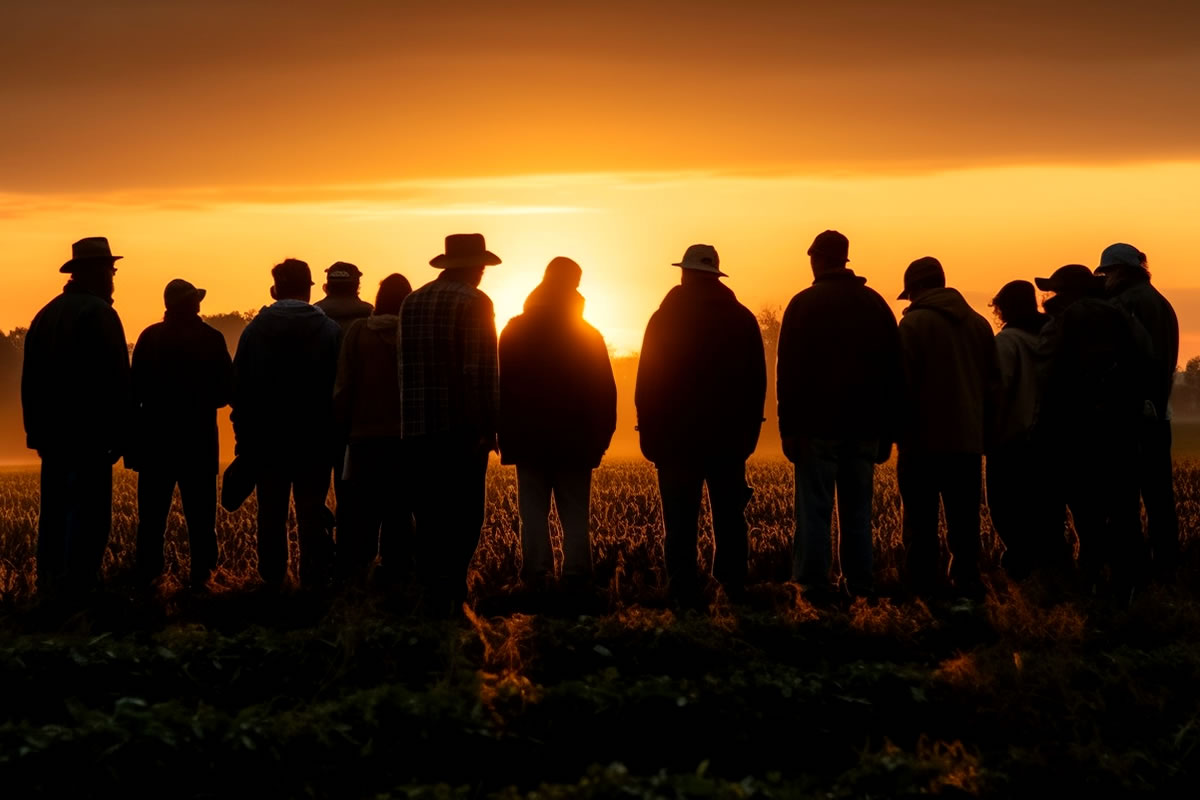In the vast and rugged landscapes of Australia, a unique bond emerged among its early settlers—a bond forged not by blood, but by shared hardship and mutual reliance. This bond, known as mateship, became a cornerstone of Australian identity, shaping the nation’s character and values.
Mateship’s roots can be traced back to the early days of colonisation, where convicts and settlers faced harsh conditions and isolation. In these challenging times, individuals depended on one another for survival, fostering a culture of equality and solidarity. This spirit of camaraderie was not just about friendship; it was about standing together against adversity, a principle that would become deeply ingrained in the Australian psyche.
The concept of mateship gained prominence during World War I, particularly among the Australian and New Zealand Army Corps (ANZAC). Soldiers, known as “diggers,” relied on each other in the trenches, exemplifying the essence of mateship through acts of bravery and selflessness. This bond became a defining feature of the ANZAC legend, symbolising the values of courage, endurance, and mutual respect.
Beyond the battlefield, mateship permeated Australian society, influencing literature, politics, and everyday interactions. Authors like Henry Lawson celebrated mateship in their works, portraying it as a unifying force that bridged social and cultural divides. Politically, the term was embraced as a national ideal, with leaders like Prime Minister John Howard attempting to enshrine it in the constitutional preamble in 1999.
In contemporary Australia, mateship continues to evolve. While traditionally associated with male camaraderie, recent studies suggest that the value of mateship resonates across genders. Research from the University of New South Wales indicates that women place a high value on mateship, viewing it as a symbol of equality and mutual support.
However, the concept faces challenges in modern society. A study by Leo Burnett and the UTS Business School found generational differences in attitudes toward unconditional mateship, with younger Australians showing a more selective approach to forming bonds across differing viewpoints. This shift reflects broader societal changes and the impact of digital communication on interpersonal relationships.
Despite these challenges, mateship remains a vital part of Australia’s national identity. It is evident in the way communities come together during times of crisis, supporting one another through natural disasters, economic hardships, and global pandemics. This enduring spirit of solidarity underscores the importance of mateship in fostering a resilient and cohesive society.
As Australia continues to navigate the complexities of the modern world, the principles of mateship—loyalty, equality, and mutual support—offer a guiding framework for unity and national cohesion. By embracing and adapting this foundational value, Australians can ensure that the spirit of mateship endures, reinforcing the nation’s commitment to a fair and inclusive society.







